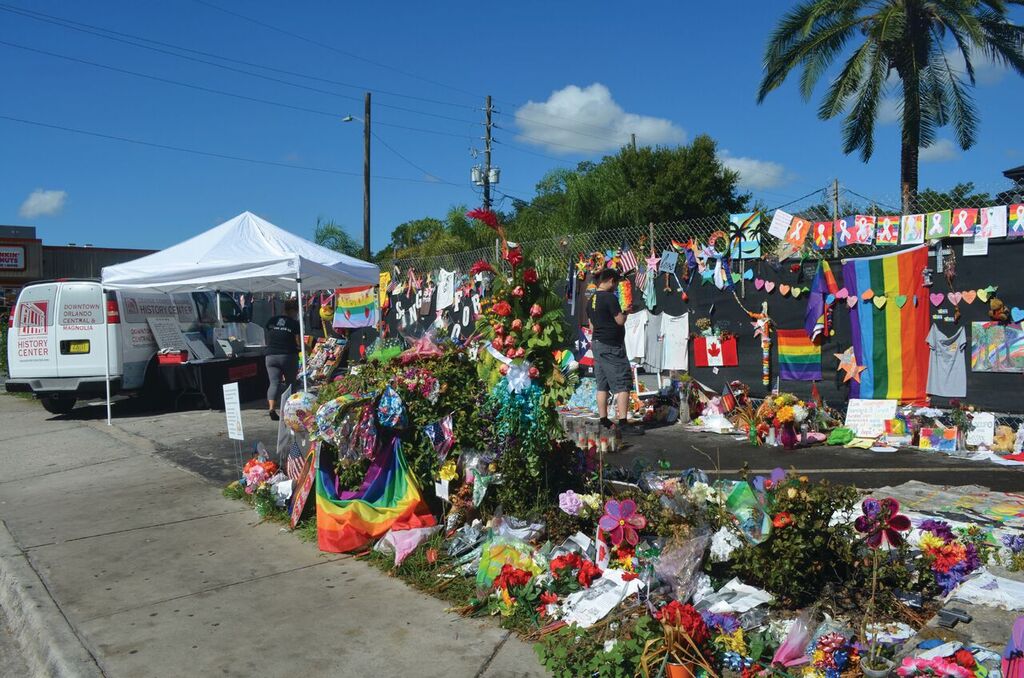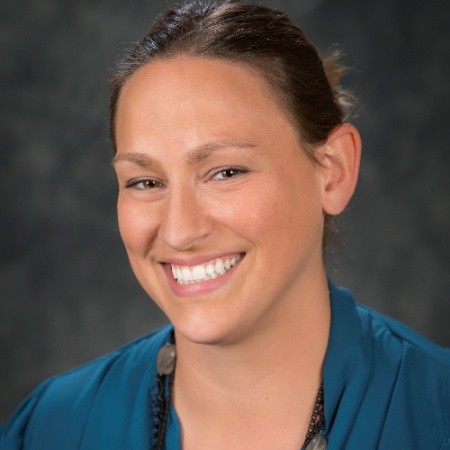
This article originally appeared in the May/June 2018 issue of Museum magazine.
On June 12, 2016, a home-grown terrorist entered Orlando’s Pulse nightclub during Latin Night after last call. He murdered 49 beautiful individuals, injured another 68, and caused severe mental trauma to hundreds more people.
It was the largest American attack on the LGBTQ community and, at the time, the country’s deadliest mass shooting by a lone gunman in modern history. Sadly, it took only 16 months for Orlando to pass that grim distinction on to Las Vegas.
Unfortunately, instances of mass violence are becoming increasingly common. Museums, therefore, are wise to understand and prepare for what role they might play should the unimaginable happen in their community.
When It Happens to You
I read about the massacre that following morning, curled up on the couch with my dog. I had been at the Orange County Regional History Center for just five months. Though the reported number of people murdered had not yet climbed to 49, I knew this was going to be a major event in Orlando’s history, and likely national history.
I thought about the spontaneous memorials that would grow, the grieving families, the stories the survivors would carry with them the rest of their lives. While police investigated and doctors saved lives, I began writing the initial five-page plan for what would become the One Orlando Collection Initiative.
This initial plan, while rough, outlined the necessity and strategy for immediate action. It recommended beginning collecting as soon as possible—before the merciless Florida summer sun and rain disintegrated items—and creating new staff positions to process this collection. Most important, I felt our institution should be the repository of Pulse-related artifacts, keeping this collection at home in Orlando.
Forging Ahead
After two weeks of agonizing and agitating in an incredibly sensitive political atmosphere with decision makers who minimally understood museum work, we received the necessary permissions to begin collecting from each of the four temporary memorial sites. For 31 days, our five staff members collected items from the memorials based on specific criteria: physical condition, duration of time at the memorial, individuality, unique connections to our specific event, and heart-rending messages. We quickly created processes for field conservation, which involved removing bugs and dead flower petals, mitigating mold, and extracting moisture using a makeshift press.
Because no city is prepared for such an outpouring of emotion, we also found ourselves the custodians of the sites, picking up broken glass from votives, scraping away melted wax that became a slipping hazard, and clearing away rotting flowers and stagnant water in a summer of Zika virus threats. If we collected an artifact, we tidied up and filled the void with others from the perimeter of the space. This work was both physically exhausting and emotionally draining for the staff.
Collecting went beyond the memorials to include objects of international origin, artistic responses, and even items from within the nightclub itself. The clothing of a victim, a bullet-torn door from the bathroom where people were held hostage, and the cabinet within which people hid are all part of this historic narrative. They may seem gruesome now, but in 200 years, they will be the primary evidence of the atrocity in Orlando.
The first victim’s family I met with was only in Orlando for the weekend, arriving from out of state to clean out their daughter’s apartment. They were not prepared to go to the memorial sites, especially not Pulse itself. They were not ready to see the thousands of items that signified the death of their loved one, and they certainly didn’t wish to share their mourning with the world. They came to us, hoping we might offer a small, private audience for them with some of their daughter’s tributes—and we did.
I realized that day that many of the people most affected by this event were not in Orlando. They were not witnessing the incredible outpouring of love and support from #OrlandoUnited. So, we created an online memorial so that anybody anywhere could see the events and vigils, the memorial items, and even documentation of our conservation process. This online presence garnered more visitors in weeks than our site had in entire years.
For the one-year remembrance, we designed a 3,200-square-foot exhibition, which was our first one crafted completely from our own collection and the first to be entirely bilingual (English and Spanish). We labored over the interpretation of a recent historic event that was still an open investigation: what vocabulary to use, which artifacts to show, and which items were still too raw. We chose to reflect on the individuals affected and on the community’s response to the shooting. We kept text to a minimum, with mostly section theme-level detail; we knew most of the photographs, artwork, and artifacts could speak for themselves.
We held private previews for more than 600 survivors and family members of the victims, many of whom were first-time visitors. Individuals ached to connect with the artifacts they had seen at the memorial sites, artifacts that would have otherwise perished in the sun and rain, and to know their stories were being preserved.
Currently, we have cataloged and conserved more than 7,000 artifacts and photographs (with more to go), conducted nearly 160 oral histories, and held two exhibitions related to the event. While much of America has moved on, Orlando is still figuring out how to heal, how to remember, and the lasting impact of a single day on our community.
Unanticipated Outcomes
We began this collecting endeavor with two things in mind: our museum’s mission and collecting a specific event. However, the following unanticipated (and mostly positive) outcomes are now shaping how we see our role as museum staff and how we operate as an institution.
- As we were in the field collecting and interacting with community members, we educated our public about what good and inclusive museum work looks like.
- We made connections with communities (Latinx, African American, Muslim, LGBTQ, and more) with whom we had not previously worked in-depth.
- We grew and diversified our historically privileged collection, which mainly focused on white males.
- We helped our community heal.
This last outcome has been the most important for us. We have provided a meaningful type of therapy for our community by allowing mourning LGBTQ youth nationally to feel the love and support of the community through the online memorial, showing family members that their loved one’s life would not be forgotten, and inviting survivors to record an oral history and share their unabridged story.
Museums need to begin fulfilling a greater purpose. Simply educating with historical fact isn’t enough. Museums can provide real-time connections for individuals, helping them see themselves as a part of history and understand their ability to shape the future.
Creating a Different Kind of Emergency Plan
Most emergency management plans are centered on protecting your staff or your collection in the case of a disaster—usually natural—within the workplace. In addition to those plans, museums should consider how they would respond to and collect for a mass trauma event in their community. Following are some questions institutions might ask themselves if such a situation arises.
- Does collecting this event fit the mission of our institution?
- Do we have the resources (time, money, supplies) it will require?
- Can we keep our staff, existing collections, and institution healthy and safe? In particular, how will we deal with the mental health needs of collecting staff?
- What permissions do we need to begin a collecting endeavor?
- What will we collect and how much of it?
- If we could collect only the 15 most important items from this event, what would they be?
Pamela Schwartz is the chief curator at the Orange County Regional History Center in Orlando, Florida. Contact her at pamela.schwartz@ocfl.net with any questions about rapid-response collecting.
This article originally appeared in the May/June 2018 issue of Museum Magazine. Download the original PDF for offline reading.








